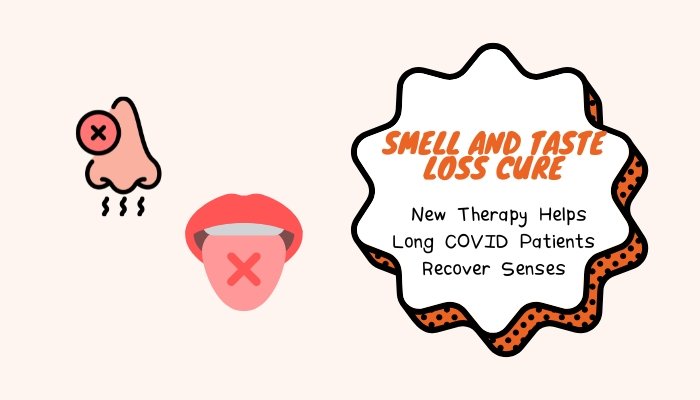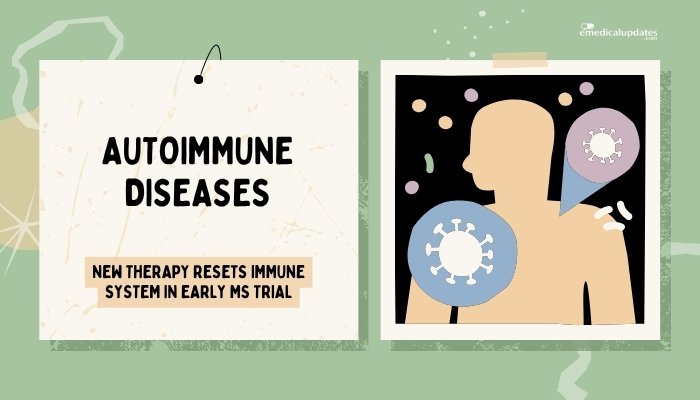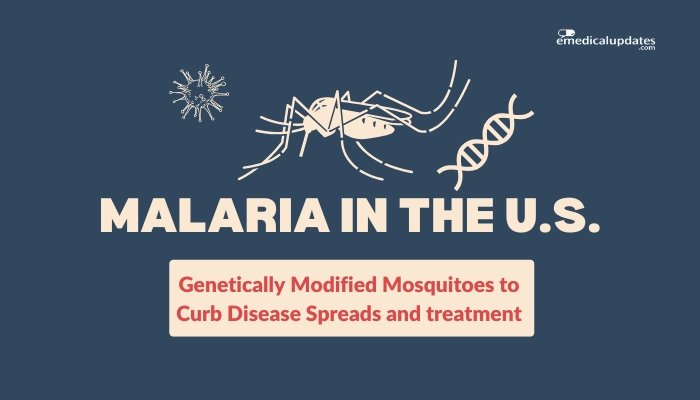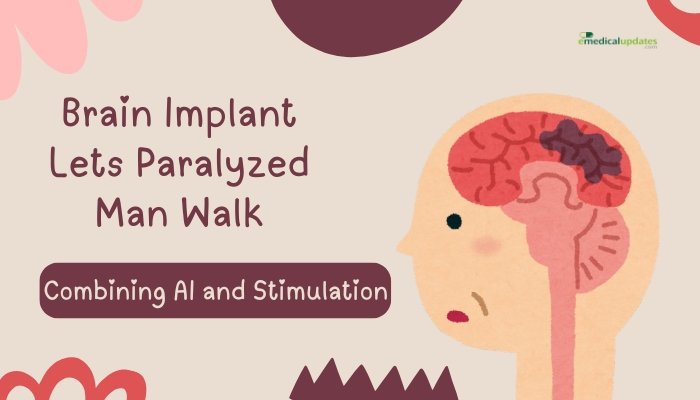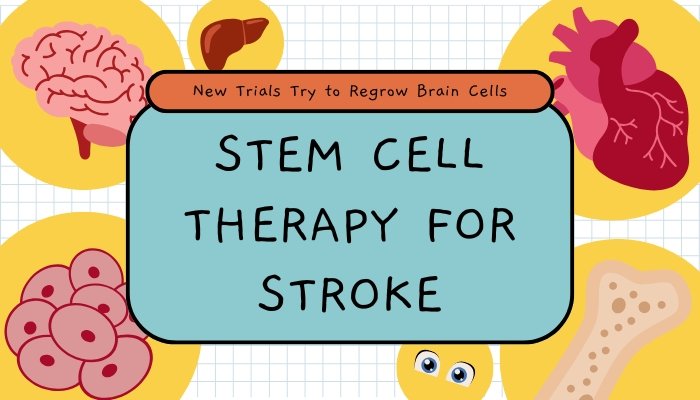Introduction
Long COVID—the prolonged aftereffects of a COVID-19 infection—often manifests in persistent symptoms that can last for months or even years. Among the most reported issues is anosmia (loss of smell) or ageusia (loss of taste).
While some patients recover these senses spontaneously, others struggle with ongoing deficits that impact appetite, nutrition, and overall quality of life. Now, a novel therapy is showing promise in helping these individuals regain their smell and taste.
Below, we explore what drives these lingering sensory issues, how the new approach works, and the potential benefits for long COVID patients.
Smell and Taste Loss in Long COVID
Mechanism of Loss
During acute COVID-19, the SARS-CoV-2 virus can affect the nasal epithelium and potentially damage olfactory receptors or supportive cells responsible for transmitting smell signals to the brain. Similarly, taste buds and related nerve pathways might be inflamed or altered. Although many patients regain these senses within weeks, a subset develop persistent dysfunction:
- Reduced or Distorted Smell (Parosmia): Some detect rancid or foul odors when they eat or smell everyday things.
- Complete Loss of Taste: Food loses flavor, leading to reduced appetite or emotional distress.
Existing Approaches
Common recommendations have included “smell training” (sniffing certain scents regularly), nasal steroids, or simply waiting for spontaneous recovery. However, results vary and success can be slow or partial, intensifying the need for a more targeted therapy.
The New Therapy: Overview
Targeted Sensory Retraining
The therapy—a structured program that combines:
- Customized Smell-Taste Stimulation: Repeated exposure to specific odors and tastes at varying concentrations.
- Neuromodulation Techniques: Possibly using mild electrical stimulation or transcranial magnetic stimulation to reinforce sensory nerve pathways.
- AI-Driven Personalization: In some prototypes, machine learning helps tailor the intensity, frequency, or combination of scents/tastes for each patient’s deficit pattern.
Clinical Evidence
Early pilot studies in patients with long COVID–related anosmia or ageusia suggest:
- Improvement in Detection Threshold: Many participants reported a noticeable return of smell or taste after several weeks of therapy.
- Reduced Parosmia: Distorted or foul perceptions improved, allowing more normal recognition of aromas.
- Enhanced Quality of Life: Participants reported restored enjoyment of food and improved mental health.
How the Therapy Works
Sensory Rewiring
By systematically challenging the impaired olfactory and gustatory neurons, the therapy encourages neuroplasticity—the ability of nerve pathways to reorganize after injury or prolonged dysfunction.
Inflammatory Reduction
Some protocols include anti-inflammatory measures (e.g., nasal washes, supplements) or mild stimulation that might help calm residual inflammation around olfactory structures, providing a better environment for nerve regeneration.
Potential Benefits
- Faster Recovery: As opposed to passive waiting for spontaneous regeneration, active therapy might accelerate regained function.
- Improved Nutrition: Restored taste helps patients maintain healthy eating habits, preventing unintended weight loss.
- Emotional Relief: Smell and taste are intimately linked to pleasure, memory, and daily living enjoyment.
Challenges and Considerations
Suitability and Accessibility
Not all patients with smell/taste issues qualify. Some forms of severe nerve damage might not respond well. Further, specialized equipment or trained therapists might not be readily available in all regions.
Cost and Coverage
As a novel intervention, insurance plans vary in coverage for sensory retraining or neuromodulation. The therapy’s acceptance might hinge on additional clinical trials demonstrating robust, consistent outcomes.
Long-Term Durability
Whether the improvements persist or if repeated therapy sessions are needed remains under study. Continued follow-up data are necessary to confirm sustained benefits.
Future Outlook
Larger Trials and Standard Protocols
Researchers anticipate large, randomized controlled trials to confirm efficacy, refine the therapy’s protocol, and determine optimal intensity/duration. These studies can also clarify how early the therapy should start in long COVID cases to maximize success.
Potential for Other Causes of Anosmia
If proven, similar retraining or neuromodulation approaches could be adapted for non-COVID-related smell/taste disorders (e.g., from sinus infections, head trauma, or other viral illnesses).
Integration with Digital Tools
Apps or VR might help track daily progress, deliver guided smell/taste tasks, and dynamically adjust therapy intensity based on user feedback—making therapy more accessible remotely.
Frequently Asked Questions
- How soon after losing smell/taste should one start therapy?
- Earlier is often better, but it may help even those months into long COVID. Check with a specialized clinic for timing.
- Does therapy fully restore senses to normal?
- Results vary. Many see partial or full recovery, though complete restoration isn’t guaranteed.
- Is it safe?
- Generally, yes. The therapy is non-invasive. Minimal side effects might include mild nasal irritation or occasional headaches from stimulation.
- How long does the therapy last?
- Often a few weeks to several months. Maintenance sessions might be necessary if improvement plateaus or regresses.
- Will insurance cover this?
- Coverage differs by policy, region, and formal recognition of the therapy. Some clinics may run pilot programs or accept private pay.
Conclusion
As long COVID continues to affect thousands, restoring lost senses of smell and taste has become a pressing quality-of-life issue. The newly emerging therapy combining targeted sensory retraining and neuromodulation holds promise for many patients. Initial trial results reveal substantial improvements in detection thresholds and enjoyment of flavors or odors, with minimal side effects and potential for lasting benefit. While further research is needed for standardized protocols, this approach suggests a future where those afflicted by persistent anosmia or ageusia can more quickly and effectively regain their senses—marking a transformative step in long COVID rehabilitation.
References
-
Hopkins C, Kumar N, et al. (2022). “Long COVID–related anosmia treatments: systematic review.” J Otolaryngol Head Neck Surg.
-
Parker JK, et al. (2021). “Sensory training for post-viral smell loss.” Lancet Infect Dis.
-
WHO (2023). “Long COVID guidelines and supportive treatments.”
-
Le Bon S, et al. (2020). “Neuroplastic changes in anosmia therapy.” Front Neurosci.

